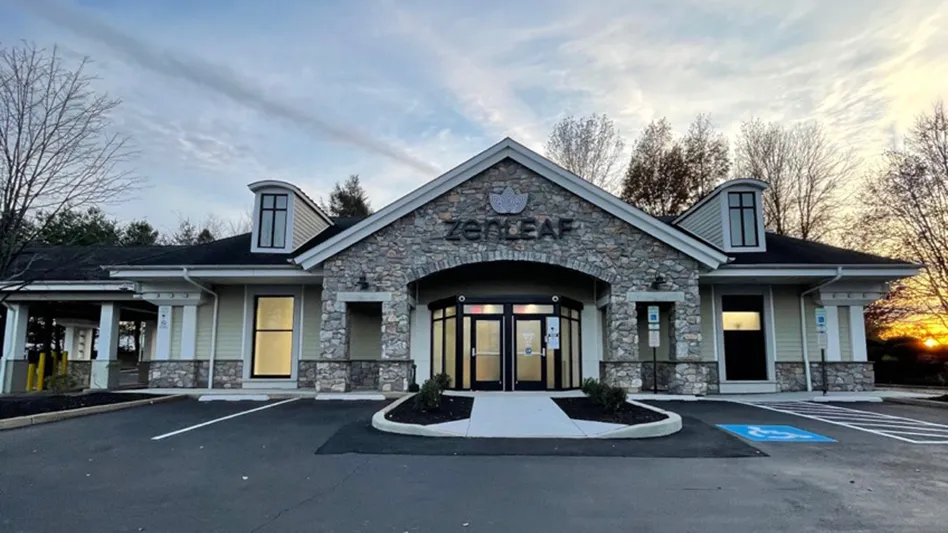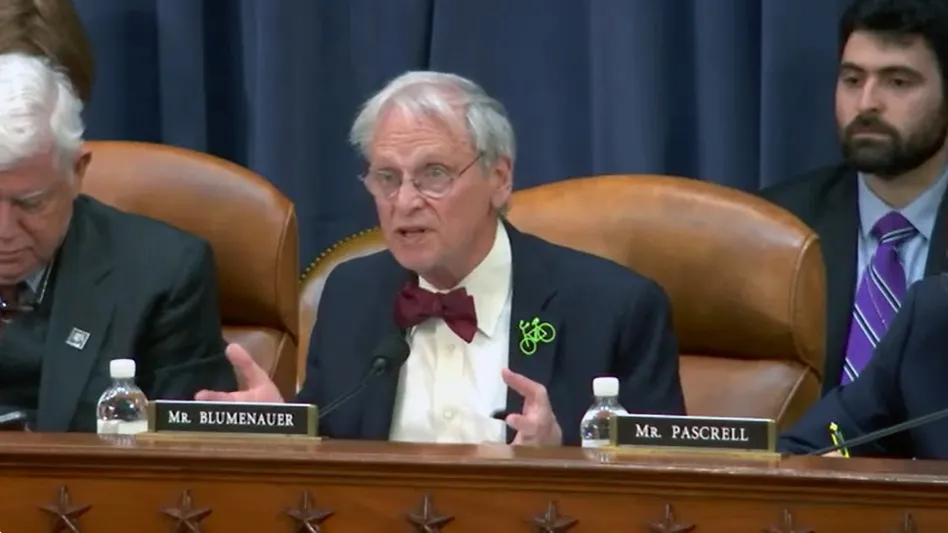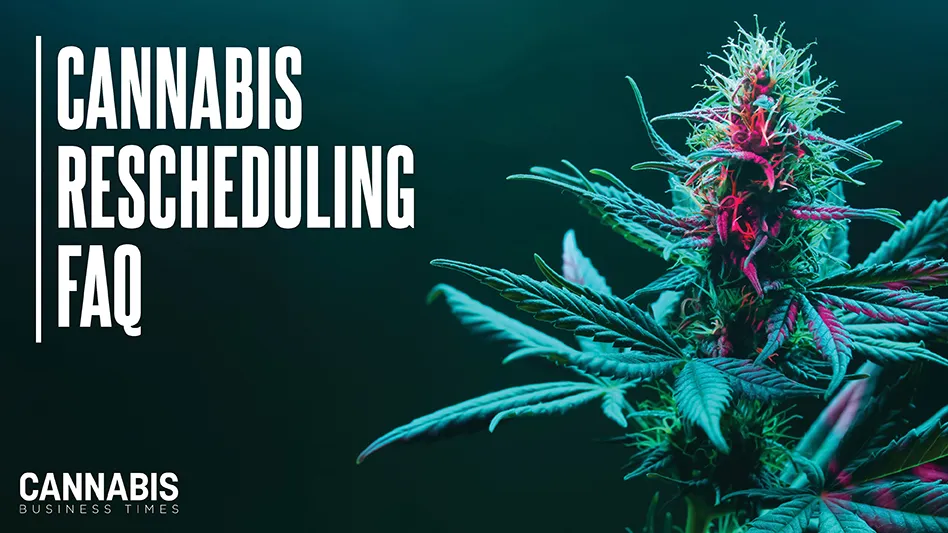
Lloyd’s of London created some chaos when it stopped insuring cannabis businesses in spring 2015 due to marijuana’s federally illegal status. With Lloyd’s out of the market and other firms questioning the industry’s insurability, insurance shopping — like banking — became a challenge. But much of that dust settled, and the market has some new players offering a range of insurance policies to cannabis businesses.
In February, a Colorado court opinion may have solidified cannabis insurability further. The Green Earth Wellness Center, LLC v. Atain Specialty Insurance Company, a lawsuit centered around a policy coverage dispute, raised the question as to whether or not marijuana’s federally illegal status made it illegal for the carrier to pay marijuana-related claims. It also asked whether that status and the insurance policy’s exclusion of “contraband, or property in the course of illegal transportation or trade” disqualified marijuana plants and marijuana materials from coverage.
In an opinion and order regarding pending motions for summary judgment, the Colorado District Court “found that the exclusion of contraband was ‘rendered ambiguous by the difference between the federal government’s de jure and de facto public policies regarding state-regulated medical marijuana,’ and that extrinsic evidence strongly suggested that the parties mutually intended to include coverage for harvested plants constituting Green Earth’s inventory,” as the Property Insurance Law Observer reported. At press time, the case was continuing toward trial.
Whether or not the case sets a firm precedent for insuring cannabis, coverage is available. But it can be complex and potentially expensive, depending on the coverages you select. Here are insights from cannabis-industry insurance professionals and cultivators who have been through the insurance-selection process that will help you better understand what to expect when seeking an insurance policy, along with tips on selecting a broker and looking out for the fine print.
The Layers of Players
Outside the cannabis industry, mom-and-pop business owners can drop in on local insurance agents and walk out with comprehensive business coverage. But in the cannabis industry, that model typically doesn’t fly. Most traditional insurance companies don’t insure marijuana businesses yet. As a result, commercial cannabis insurance generally involves three layers: a retail insurance broker, a surplus lines broker, and an insurance company/carrier. All parties, including any assumed names, must be licensed in the state or states where you’ll do business.
Your front line is the retail broker who represents your interests. Unlike traditional “captive” agents who represent a single company, brokers work as your advocate with multiple insurance carriers to find the best fit for your operation’s unique needs. Retail brokers have relationships with surplus lines brokers, who underwrite and provide insurance quotes. However, surplus line brokers represent the interests of the insurance company, which issues the final policy between them and you.
JB Woods, president and owner of Colorado-based Greenpoint Insurance Advisors, LLC, explains, “For all intents and purposes, [an insurance policy] is a contract. That contract is between the insured, in this case a cannabis cultivation entity and the insurance carrier.” Within the terms of that unique contract, the insurance company, not the brokers, agrees to compensate you in the event specified damage or loss occurs.
With the cannabis industry still in infancy, there’s a shortage of historical data that helps carriers assess risks, especially in the recreational realm. Todd Foster, partner at Oregon-based U.S. Cannabis Insurance, notes that companies are still evaluating different industry segments, but more carriers are entering the cannabis market.
“Every company differs on the type of risk they’ll take,” Foster says.
Understanding Insurance Categories and Options
For those companies that do offer insurance to cannabis cultivation operations, the options for coverages are available for virtually everything – including crop coverage for all stages, from seed to sale. But even with comparable entities, every operation has distinct insurance needs. As Woods notes, “There’s clearly not a one-size-fits-all.”
Understanding your options starts with two basic categories: liability coverage and property coverage.
Liability protects you against claims by a third party. “The first party is the cannabis cultivation entity,” Woods explains. “The second party is the insurance company. The third party is the one that believes, ‘I’m damaged. I’m hurt. I’m going to sue you.’”
Liability coverages can encompass everything from accidental falls on your premises to protection for directors and officers, who can be held personally liable for company actions. Product liability protects against claims of harm from your product (cannabis) – or products derived from it. The industry’s first product liability lawsuit, involving pesticide use in cannabis cultivation, recently put the industry on notice that parties will hold cultivators responsible if something goes wrong. The case, Flores and Larrabee vs. LivWell, was recently dismissed on grounds that the plaintiffs did not show any actual damages.
Property coverage protects the physical property your cultivation entity owns against damage or loss. Sometimes called “first party indemnification,” it can range from equipment and building coverage to protection for cannabis from seed through growth, harvest, curing, transport and sale. Property coverages protect against accidental losses due to occurrences such as theft, vandalism, water damage, lightning and fire (which includes wildfires, too).
Patrick McManamon, director at Ohio-based Cannasure Insurance Services, LLC, notes that some coverage, such as property insurance for butane extraction processing, can be harder to place, and some value issues still exist. “You may not be able to get $7 million or $10 million of coverage on crops, but you can get several million,” McManamon says. He suggests growers look not only at crop loss, but at potential revenue loss, and consider business interruption coverage as well.
Some companies also offer less conventional coverages, such as raid insurance, which typically provides a set payment for expenses resulting from a state or local raid – never federal – if you’re exonerated from wrongdoing. “In my personal opinion, that money might be better spent put toward a premium for other coverage,” McManamon says.
Foster says that if policy provisions and state and local regulations were being followed, standard property coverage typically would apply to raid damage.
Evaluating Your Unique Risks
Some types of insurance, such as workers’ compensation, are mandatory across the board, but states differ on coverage requirements. Many growers absorb certain risks themselves, based on their perception of the likelihood of loss. For example, a grower with extensive sprinkler systems may assess fire risk differently than one without. “Clients in this industry are used to dealing with risk,” says Woods. He explains that finding the right balance between insurance and risk really comes down to your risk-tolerance level.
Foster notes that many growers start basic and self-insure to an extent, then add coverages as cash flow improves.
Even though commercial cannabis cultivation is a young industry, some claim trends already exist. Growers can learn from history and modify behavior to minimize and manage risks. Woods sees three top claim areas in grow locations: theft (internal and external), employee injuries and grow fires.
Improving security systems and thoroughly vetting employees goes a long way toward preventing theft, and adequate breaks and training can reduce injuries. “Typically in a grow location, the injury most likely to happen is going to be from that employee cutting the plants, and they’re going to cut their fingers,” explains Woods. “The average amount of that injury is typically anywhere from $2,000 to $4,000.”
Similarly, using licensed, insured electrical and lighting contractors with expertise in the cannabis industry can reduce fire risk.
For Josh Olague, owner at Oregon-based Cannabis Nation Inc., the ramifications of appropriate risk management reach beyond his company’s grow and dispensaries. “The whole world is watching to see if this is going to work out, so the pressure is on us as business entrepreneurs to make sure we handle ourselves accordingly, by putting the right team in place, building a successful business and making sure you are covered in all phases of insurance so the people that follow suit have no choice but to uphold the standard and guidelines we helped build.”
Making Precision and Transparency Work for You
Compliance and transparency are important in any business, but especially in the cannabis industry. Unless your broker fully understands what you’re doing and how it’s done, they can’t accurately assess, represent or protect. Mandatory inspections are normal, as is confirmation that all the service companies you hire are licensed, insured and bonded. Transparency reassures insurance carriers and helps ensure you benefit from your broker’s expertise.
Accuracy in completing coverage applications is crucial. Woods urges growers to pay extremely close attention to all applications you or your broker complete. Carriers use that information as grounds for coverage and may consider it part of the policy itself. Inaccuracies can make coverage worthless. “If there’s anything in there that’s incorrect or misleading or misrepresented, it could have dramatic consequences,” Woods says.
McManamon notes the importance of realistic revenue projections, especially for a startup business. “A good portion of your liability premium is predicated on what your gross sales are,” he says. Overstating projected revenue results in unnecessary premium costs. Do your research, and incorporate realistic costs of building out your facility and establishing your grow, and be sure your application reflects it.
William Simpson III, founder and president of Oregon-based Chalice Farms, found that getting cannabis coverage wasn’t much different from his experiences with non-cannabis businesses. To help allay concerns, prospective insurance carriers’ representatives toured Chalice Farms’ retail and production facilities, and Chalice Farms provided complete transparency throughout the process. Simpson believes transparency was a key factor in the ease of obtaining a policy that covers all aspects of the businesses, from equipment and employees to crop loss.
“Even though it’s not required, we’ve had full seed-to-sale traceability since we opened up our stores. So, it’s real simple to show history, revenue and value,” Simpson says. “If you’re not running a tight ship and can’t show your processes with a lot of transparency when dealing with traditional business like insurance or finance or any other professional industry, they’re going to have a hard time working with you. They come into the cannabis industry with their guard up.”
“I think everyone obviously needs [insurance],” Simpson says. “If they’re not in a scenario in their business to be accepted for [an insurance policy], then that is a really good self-auditing tool, and they need to … straighten their business out to the point where they do get accepted.”
Understanding the Intricacies of Your Policies
Openness and accuracy help your broker understand your operation’s needs, but the burden of knowing and fully understanding your policies’ unique provisions still falls on you. While most companies deal in good faith, overlooked details can be costly. “In this arena – unlike auto insurance, for example – carriers are managing very tightly to the language of the policy. Consequences can be pretty dramatic,” Woods warns.
Two types of provisions, known as exclusions and endorsements, are extremely important. Exclusions eliminate coverage, and endorsements modify coverage.
The Green Earth Wellness Center, LLC v. Atain Specialty Insurance Company lawsuit illustrates how critical these provisions can be. While the case ended with a favorable ruling for marijuana’s insurability, the case actually centered on a claim for smoke damage to live plants and finished product, incurred during a forest fire. In this case, federal illegality is no longer an issue, but unclear policy language is. While the grower’s policy covered “stock,” defined as including raw materials, it also contained an exclusion of “growing crops.” At issue was whether mother plants and clones were covered “stock” or excluded “growing crops.” The case underscores the importance of ensuring all terms and provisions are clearly defined and documented in your written policy – not just verbally – and clearly understood by all parties involved.
Woods points to one carrier insuring cannabis businesses that actually excludes cannabis in the fine print, and Foster notes many traditional policies exclude federally illegal activities. In other words, you can buy a cannabis policy that, in effect, has no cannabis coverage because of exclusion provisions.
“This is why clients and brokers really need to understand what they’re doing,” Woods says. “Experience matters in this industry.” As does reading the fine print.
An Overview of Costs and Coverages
Numerous factors go into determining policy costs, including gross revenue, square footage, processing methods, and a carrier’s appetite for calculated risk.
However, despite concerns to the contrary, basic commercial cannabis insurance is not, just by nature, cost-prohibitive. “The rates are not as crazy as people think,” says McManamon.
Basic premise liability policies that protect landlords, usually required under lease agreements, are considered very reasonable, says Woods. “Just for liability, I’ve seen them for $750 to $1,000 a year,” he says. “That hasn’t really changed over the last six years. Those policies are readily available, no problem.”
Foster echoes that assessment. “For $300,000 per year gross sales or below, $700 to $900 per year for a $1 million liability policy would be common,” he explains.
However, other types of coverage, such as product liability or directors and officers liability (known as D&O), are more limited and more expensive. “In the product liability arena, there’s only maybe two or three carriers offering that program,” says Woods. He points to a recent product liability quote for an existing, large-revenue client that ran $250,000 per year. “Typically on the product liability, I see them averaging $5,000 to $10,000 per year, but it depends on revenue and many other factors,” says Woods.
McManamon notes that premiums vary widely, but he suggests a general guide to what his clients can expect annually for a cultivation operation, with base coverages for general liability, product liability and property coverage: “We tell people to go between 0.75 percent and 1.5 percent of your gross revenue. It’s a good rule of thumb for most things.”
Simpson notes that, early on, Chalice Farms ran with standard coverages and nothing for loss of production, but expanded coverage as the business grew. Chalice Farms’ current, all-encompassing policy covers four retail stores, an edibles kitchen, oil processing and three small farms for approximately $80,000 annually. “It’s a cost. But for that large of an infrastructure, it was surprisingly more cost-effective than I had thought it would be,” Simpson says.
For vertically integrated operations, retail dispensaries and cultivation operations are included on the same policies, just rated differently based on different considerations. While there are underlying similarities, such as leased space and hired contractors, retail locations involve a different set of risks than grows. High levels of foot and vehicle traffic, and budtenders doling out information and advice on your products, and risks associated with that are just a few. Again, each operation is unique.
As Olague notes, “You can’t put a price tag on peace of mind. I know what I signed up for in this business, and let’s just say nothing is cheap in this industry. But with insurance, it’s not if you need it, but when you need it. So you better be prepared when business throws you a curve ball.”
Getting a Competent Insurance Advisor in Your Corner
Chances are you didn’t get into cultivation so you could become an insurance expert, so finding a knowledgeable, cannabis-competent advisor is essential. “You’re only as good as your team and the people that have helped you achieve your goals in business,” says Olague. He considers his insurance broker to be part of that team.
Industry nuances require a person familiar with the cannabis industry, but also someone well-versed in insurance. Don’t rush the process. Allow plenty of time to find the right broker and for them to find the best fit for your needs. “A well-seasoned and experienced broker can provide [business owners with] a lot of details that perhaps they never thought about,” Woods says.
All brokers interviewed for this story encourage those seeking insurance to start with recommendations from other growers, and to speak with multiple brokers. Foster also suggests looking for brokers involved in your cannabis community and thinking beyond property and liability. Many brokers offer other options, such as group health coverage for your employees, or business auto insurance that includes cannabis distribution and delivery.
Woods notes that inexperienced or unscrupulous agents exist, and there’s always someone who is all about volume and “love ya’ and leave you” transactions. You should trust and feel confident in a broker’s understanding of their industry and yours. “In the end, trust your gut. If it doesn’t feel right, move on to someone else,” Woods says. “It is important to choose wisely and carefully.”
— Note: This article is not intended as professional insurance or legal advice, and should not be construed as such. Every situation is unique and requires a licensed insurance broker or attorney in your state to evaluate and recommend insurance or provide legal advice.

Explore the May 2016 Issue
Check out more from this issue and find you next story to read.
Latest from Cannabis Business Times
- Verano Opens MÜV Haines City, Company’s 75th Florida Dispensary
- Ascend Wellness Holdings Reports $142.4M Net Revenue for Q1 2024
- Trulieve Reports $298M in Revenue for 1st Quarter 2024
- SNDL Reports 1st Quarter 2024 Financial, Operational Results
- Leading Cannabis Brand STIIIZY Expands Retail Presence With Fresno Location Opening Saturday, May 11
- The Cannabist Co. Reports 1st Quarter 2024 Results
- Green Thumb Reports $276M Revenue for 1st Quarter 2024
- Colorado Legislature Gives Final Approval to Measure Aimed at Streamlining Marijuana Regulations





